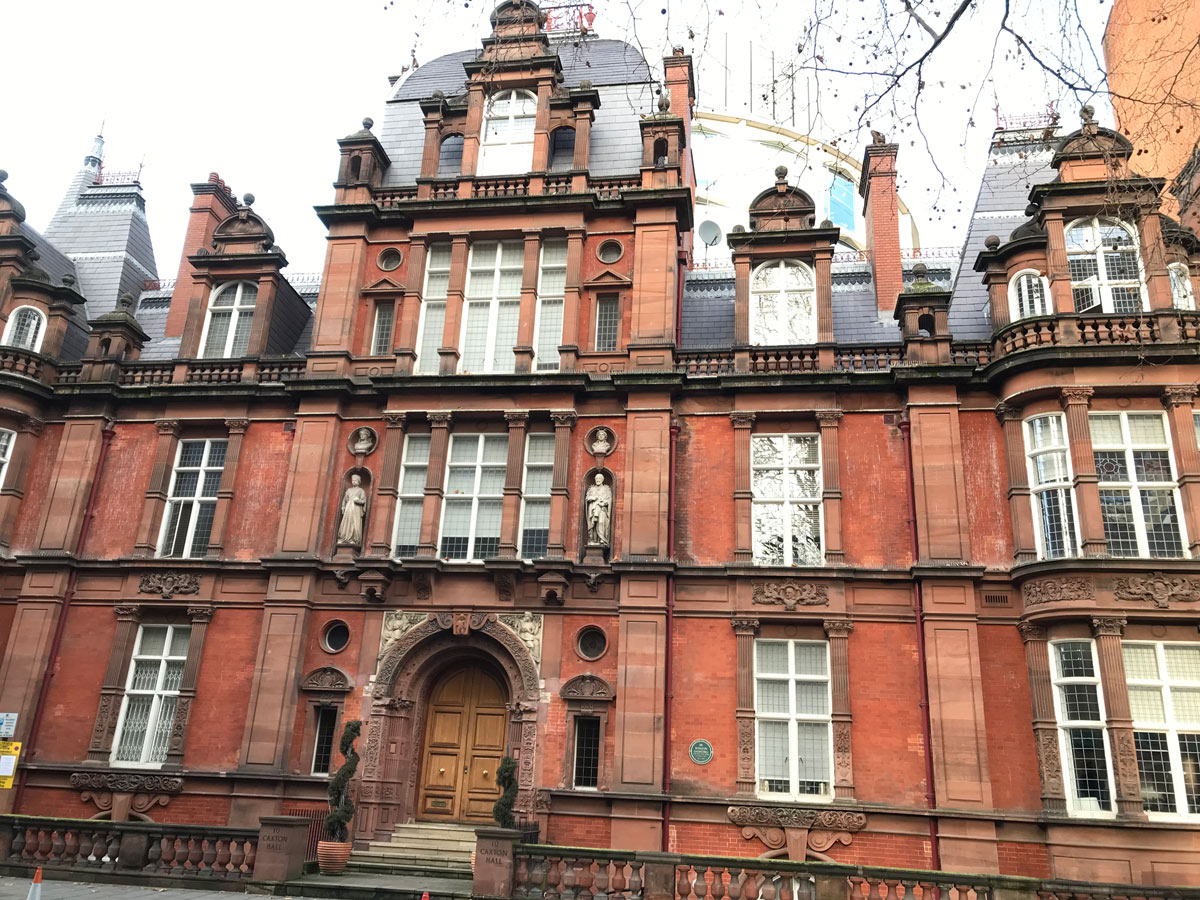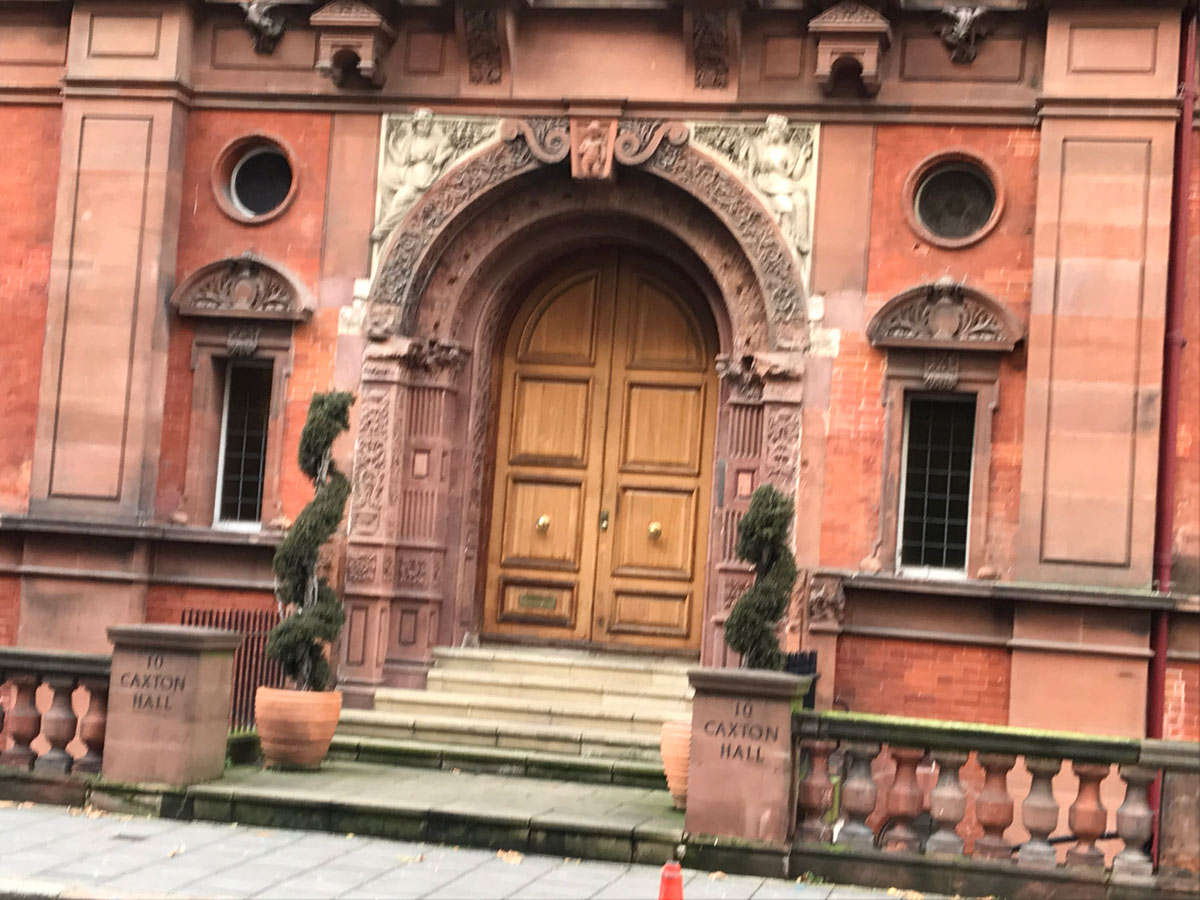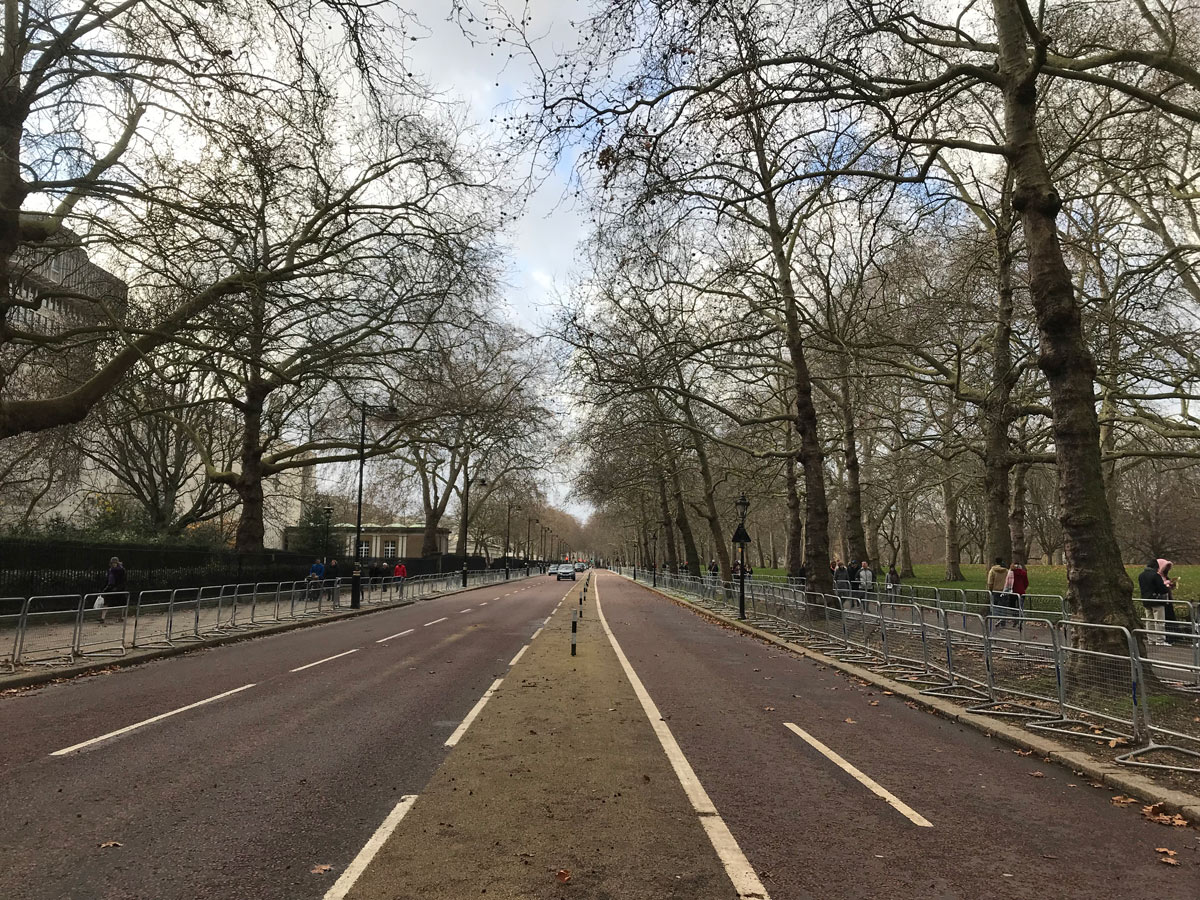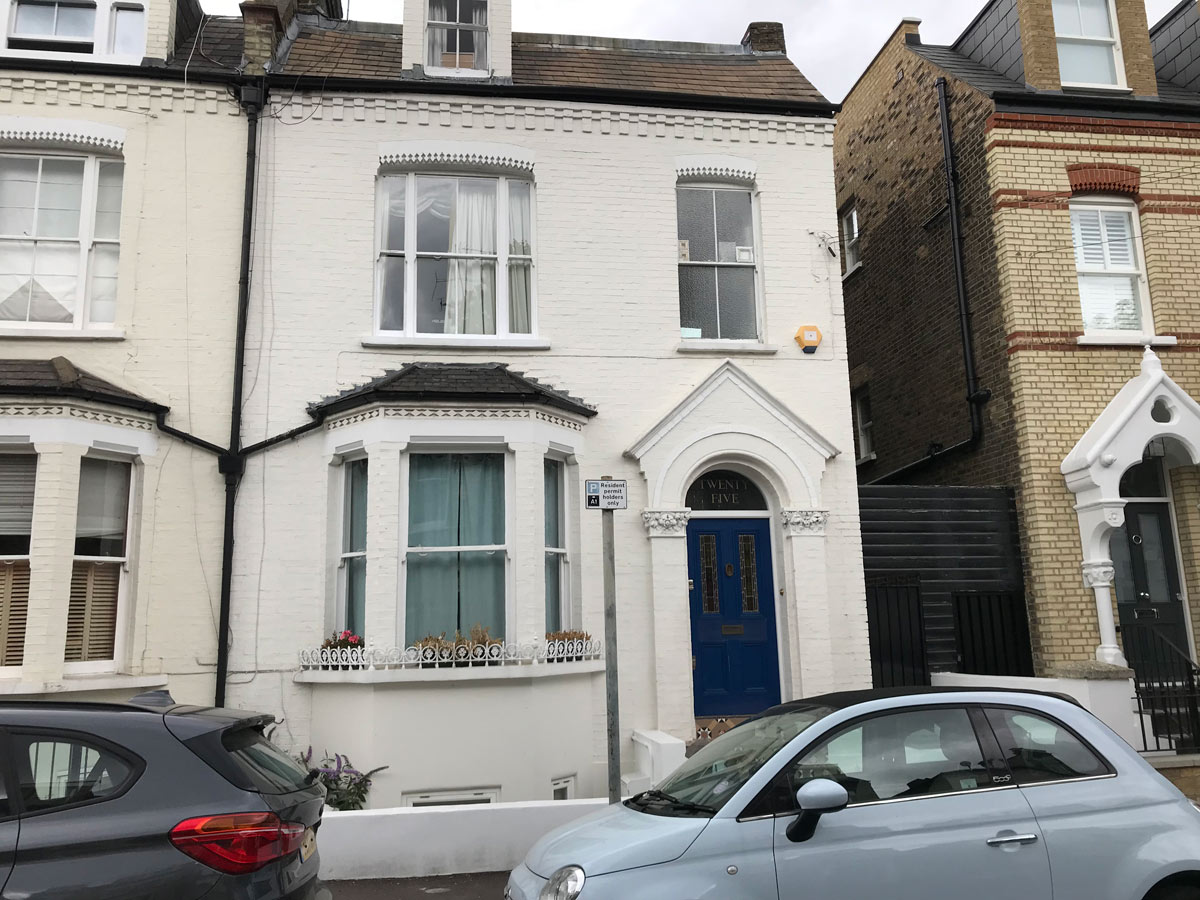20 Oct Gunshots in Caxton Hall
Following the trail of Udham Singh and an assassination that shocks London
I am not sure whether the phrase “revenge is a dish best served cold” has an equal in Punjabi. It probably does, for it most certainly describes Udham Singh’s shock assassination of Sir Michael O’ Dwyer, in the heart of London in 1940, as a bloody payback for O ‘ Dwyer’s role in the 1919 Amritsar massacre, some twenty-one years earlier.
Every Indian has grown up with the story of the Jallianwala Bagh bloodbath at Amritsar, a stone’s throw from Sikhism’s sacred Golden Temple. More than four hundred unarmed protesters were killed by General Dyer’s Gurkha troops as they opened fire on a helpless crowd, crammed in to a park with no escape route, on a hot April day in 1919. The brutality stunned everybody but General Dyer himself, and his close-namesake and boss, the then-Lieutenant Governor of Punjab Michael O’ Dwyer. In fact, O ‘ Dwyer was quick to defend his subordinate, the next day sending Dyer a telegram…“ Your action correct. Lieutenant Governor approves”. Unfortunately for O’Dwyer, Udham Singh was not so approving. Twenty-one years later, fate came full circle with a directly aimed Smith & Wesson revolver and a determined, patient assassin.
 Caxton Hall in central London; the end of the road for Sir Michael O’ Dwyer
Caxton Hall in central London; the end of the road for Sir Michael O’ Dwyer
While researching Udham Singh’s story, I found very little that was predictable. Udham was born in a poor family in rural Punjab in 1899 and lost both his parents by the time he was seven, being raised in an orphanage. He had an elder brother, who too died when Udham was just seventeen. Somehow, Udham made his way in life, taking up a job with the railways in Punjab and then going on to Nairobi, America, Europe and finally England in1934. By the time of his arrest in 1940, Udham Singh was a much-travelled, urbane man. The British police described Udham Singh as 5 feet 8 inches tall, with brown eyes, black hair, a thickset neat appearance and looking “like a businessman”*.
In the years that he lived in England, Udham Singh tried his hand at many jobs. He worked as a film extra at the Denham Film Studios, as a carpenter in Gloucestershire and Bournemouth, with a motor-parts firm in London and as an entrepreneur street trader. He would frequent the Shepherds Bush Gurdwara to hang out with his Sikh trader friends, though he generally kept a distance and was regarded by them as different…”somewhat mysterious and peculiar in his habits”**. When and how Udham Singh resolved to kill O’ Dwyer is a mystery, though we know that when in America Udham had joined the Ghadr party, a revolutionary body rebelling against British rule, and so perhaps revenge was always on his mind. The narrative of a poor farmer’s son from Punjab clashing with a country-born Irishman Sir Michael O’ Dwyer, both of them separated by a gulf in race, class and geography, and meeting theatrically on stage in imperial London, could not have been better scripted by an action film director.
 Through that door Udham Singh entered a free man and exited in handcuffs
Through that door Udham Singh entered a free man and exited in handcuffs
Udham Singh shot General O’Dwyer in Caxton Hall in central London, on March 13, 1940. The seventy-five year old O’Dwyer was speaking at a meeting organised by the East India Association, and there were over a hundred people attending (so, many witnesses to the shooting…). Udham entered the meeting with a revolver concealed in his jacket, and as O’Dwyer finished his speech and people were preparing to leave, pulled out his revolver and shot O’ Dwyer point-blank, killing him immediately. He continued shooting, hitting others on the dais as well, though they survived. Singh was jumped upon by the crowd, his pistol knocked from his hand, and he was held down till the police came to handcuff him. Detective Inspector Deighton, the policeman who arrested Singh, says his first words to him were “Its no use. Its all over”***.
I had decided to trace the exact route which Udham Singh would have taken on March 13, 1940, to put myself in his shoes as he walked towards Caxton Hall to fulfil his task and the fate that befell him. It was now eighty years since the event, as I exited the St James Park tube station in to the pale winter sunshine. As Udham would have done, I turned right on to Broadway, past the imposing Conrad Hotel and on to Caxton street. This was upmarket London, with a mix of the old and the new, with traditional English pubs sitting alongside Starbucks. A red open-top bus passed by, tourists sitting camera ready. Caxton Hall was situated halfway down the short Caxton street, with plaques on its red brick façade reminding passers-by of its rich history. A prominent foundation stone, laid in 1882, declared its first use as the Town Hall of Westminster. Sir Winston Churchill had been a regular speaker here between 1937-42 (which means, even after Udham Singh had carried out his act). And later, Caxton Hall was a Register office for civil marriages. A long list of movers and shakers were married here ; Elizabeth Taylor, Diana Dors, Peter Sellers, Roger Moore, Orson Welles, Joan Collins, Barry Gibb, Ringo Starr. Today, Caxton Hall is a Grade II government preserved building, and has been converted in to luxury flats.
 Caxton Hall is a building with a history, built 1882 and having hosted the high and mighty
Caxton Hall is a building with a history, built 1882 and having hosted the high and mighty
As this was now a private residence, I was not allowed inside. Instead, i stood beside the wooden doors of Caxton Hall, and tried to imagine the thoughts and emotions of Udham Singh as he stepped through those doors. He would surely know that in a few hours it would all be over; that though he entered Caxton Hall a free man, he would exit in handcuffs with his fate sealed. Udham was perhaps thinking of the hundreds who had died at Jallianwala Bagh, for whom he would now take revenge and pay the ultimate price. After his arrest from Caxton Hall, Udham Singh was taken to the nearby Canon Row police station, code-named AD for Alpha-Delta, UK’s most important police control room responsible for policing the Buckingham Palace, Houses of Parliament and 10 Downing Street. Here he was held while a quick trial was completed and he was condemned to death, and he was then transferred to the Pentonville prison in the north of London for his execution a few months later.
Canon Row police station was about a mile away, and I decided to walk this next leg of Udham’s journey. I don’t expect Udham Singh enjoyed any part of it, but today in the mild London weather the walk was lovely. I passed by Petty France with its cobbled streets and striking brick mansions speckled with terrifying-looking gargoyles, walked past the commanding buildings of the Ministry of Justice with the Union Jack fluttering on its roof, on to the wonderfully named Birdcage Walk that skirts the green expanse of St James Park, and entered the historic Parliament Square with Westminster Abbey and Big Ben in the background. Tourists were out and about, with Bobbies in their black uniforms keeping the order. I crossed the expanse of the famous square, ringed by statues of the great and the good; Abraham Lincoln, David Lloyd George, Mahatma Gandhi, a scowling Winston Churchill…but that is as far as I got. A big barrier barred me from entering the narrow Canon Row. All I could do was take photographs of what would have been the Canon Row police station, and imagine a defiant Udham Singh being questioned within.
 Birdcage Walk skirting St James Park; Udham Singh’s route to the Canon Row police station
Birdcage Walk skirting St James Park; Udham Singh’s route to the Canon Row police station
Udham Singh’s trial lasted just two days. The British authorities wanted it over fast, before there was a chance to inflame more passions. Justice Atkinson declared him guilty and passed the death sentence. Udham was taken from Canon Row to Pentonville prison in the north of London and lodged in a special cell reserved for those condemned to death. Six prison officials were hand-picked to sit with Udham Singh and ensure that he did not get up to any mischief. His execution date was fixed for a few weeks hence, on July 31.
Pentonville prison is not a pleasant looking place. It is exactly what you would expect a prison to be; forbidding high walls, barbed wire, security cameras and barred windows. As I walked the walled perimeter of the prison, what struck me most were the pigeons sitting on the ledges. They saw both the sides; on one hand was freedom, on the other desperation and captivity. Pentonville prison has a strong – if gruesome- connection with India. Two of India’s nationalist martyrs have been hanged within its threatening walls. The first was Madan Lal Dhingra, who had met the same fate thirty years earlier, executed at Pentonville prison for assassinating Sir Curzon Wyllie. And later, Udham Singh, hanged on July 31 1940. Both their lifeless bodies were buried within the walls of Pentonville prison, a part of these grounds that is forever India.
* pg 115, “A Saga of the freedom Movement and Jallianwala Bagh” By Sikander Singh.
** pg 98, “Challenge to Imperial Hegemony”. By Navtej Singh.
***pg 15, ““Emergence of the Image” By Navtej Singh, Avtar Singh Jouhl
The Hangman who Killed Udham
Udham Singh was executed by Albert Pierrepoint, England’s most experienced hangman. Pierrepoint, who had followed his father and uncle in to this grisly trade, had hanged more than four hundred prisoners in his time and left behind a detailed memoir of how he went about his horrific business.
Pierrpoint would have arrived at Pentonville prison with his assistant the day before the execution. He would have checked Udham Singh’s weight and height and then viewed him through a secret “Judas hole” in the prison door to get an idea of his bearing. He would then have gone to the execution room – which is adjoining the condemned man’s cell – to test his equipment and stretch and adjust his hangman’s rope. At exactly nine in the morning of July 31 1940, Pierrepoint and some prison officials would have entered Udham Singh’s cell, tied his arms behind his back, and walked him through the door to the execution chamber. Pierrepoint would have placed a white hood over the prisoner’s head, fixed the noose and pushed the lever to release the trapdoor. The entire painful event, from entering the cell to the execution, would take less than a minute. It is said that Pierrpoint would calmly light himself a cigarette before entering the prisoners cell, leave it burning in the ashtray as he went about his business, and then return to his cigarette after completing his deed.
Irene Palmer@25 Werter Road, SW15
At the time of his arrest, Udham Singh lived at the top flat of 25 Werter Road in Putney, close to the river Thames. Here, to quote from the New Scotland Yard report that probed his arrest, he “cohabited with a Welsh woman, Irene Rose Palmer”, who seems to have run an Indian restaurant at 95a Tottenham Court Road. Irene Palmer had rented the flat at 25 Werter Road in 1937, and Udham lived with her. After the murder of Sir Michael O’Dwyer, she “vacated the flat without notifying the owner and left behind a quantity of furniture and personal belongings. Among the property left at the flat by Irene Palmer were a photograph of Udham Singh and various correspondence proving her association with him.” *
I just had to see this for myself. Putney is an area I knew well, as I had lived here with my family when first posted to London on work, several years ago. I hunted down Werter Road, which turned out to be a side road that I had often used in the past for going to a local super market. If only I had known earlier, that where I was buying my groceries had such an amazing connect with Indian history! I now got a strong sense of déjà vu as I walked down the narrow street and spotted no. 25. I stood before this ordinary looking house, taking it all in. Here, on the top floor, Udham would have lived and plotted the assassination of O’Dwyer. And here was the front door, which Udham’s hands would have opened umpteen times. I am sure that those living in the house now have no clue about this historical connection.
 25 Werter Road, Putney : this is where Udham lived, on that top floor
25 Werter Road, Putney : this is where Udham lived, on that top floor* New Scotland Yard report no. 171, dated 10 July 1940. Extract from pg 109 of the book “Emergence of the Image” by Navtej Singh and Avtar Singh Jouhl
Bertha and Claud ; the unlikely captors of Udham Singh
In the panic that followed Udham Singh’s shooting of Sir Michael O’Dwyer, he was jumped upon by those attending the meeting, disarmed and held down, then handed over to the police. In this commotion, two names stand out and their witness statements make compulsive, sometimes comic, reading. Udham was first accosted by the spunky Bertha Herring, who the cross examiner accused of being “over dramatic” in her descriptions of what happened. She says she “came to the conclusion that this man was an enemy to my King and country and at all costs he must be stopped…and I ought to detain him”, so in Bertha Herring’s words… “ the only thing I could watch was the lapel of his coat, and as I am a heavy woman I realised that the best thing that I could do was to hold tight to it until somebody turned up”* Once Bertha had done her job, Claud Wyndham Riches, a retired bank manager claims he fell upon Udham, and knocked the revolver from his hand. Claud was attending the meeting with a South African friend, and he probably spent more of his time observing others than listening to what was being said (familiar? all of us who have attended meetings would know this type..!). Here is his statement; “ during the meeting I noticed a man leaning against the wall about a yard in front of me. I had not seen him enter but my attention was drawn to him because I could see that he was not a European. I thought he was a North Indian or an Afghan. He was dressed, I think, in a lounge suit. He seemed very interested in the meeting. I noticed him smile once or twice at things that were said and I also noticed that he was putting things into his mouth and sucking them. They may have been sweets.”**
* Statements given by witnesses at Canon Row police station, 13th March 1940. Pages 336-337 of the book “Emergence of the Image” by Navtej Singh and Avtar Singh Jouhl
* *Statements given by witnesses at Canon Row police station, 13th March 1940. Page 35 of the book “Emergence of the Image” by Navtej Singh and Avtar Singh Jouhl
How to get here:
The closest London Tube station to Caxton Hall is St James’ Tube on the district and circle lines, from where it’s a three-minute walk.
Sources:
- “Emergence of the Image : Redact documents of Udham Singh”. Edited by Navtej Singh, Avtar Singh Jouhl. Published by National Book Organization, New Delhi, 2002
- “Challenge to Imperial Hegemony: the life story of a great India patriot Udham Singh”. By Navtej Singh. Published by Punjabi University, Patiala, 1998
- “A Saga of the freedom Movement and Jallianwala Bagh : Udham Singh, alias Ram Mohamed Singh Azad”. By Sikander Singh. Published by B Chattar Singh Jiwan Singh, 1998
- “The Anarchy ; The East India Company, Corporate Violence, and the Pillage of an Empire. BY William Dalrymple. Published by Bloomsbury Publishing, 2019

